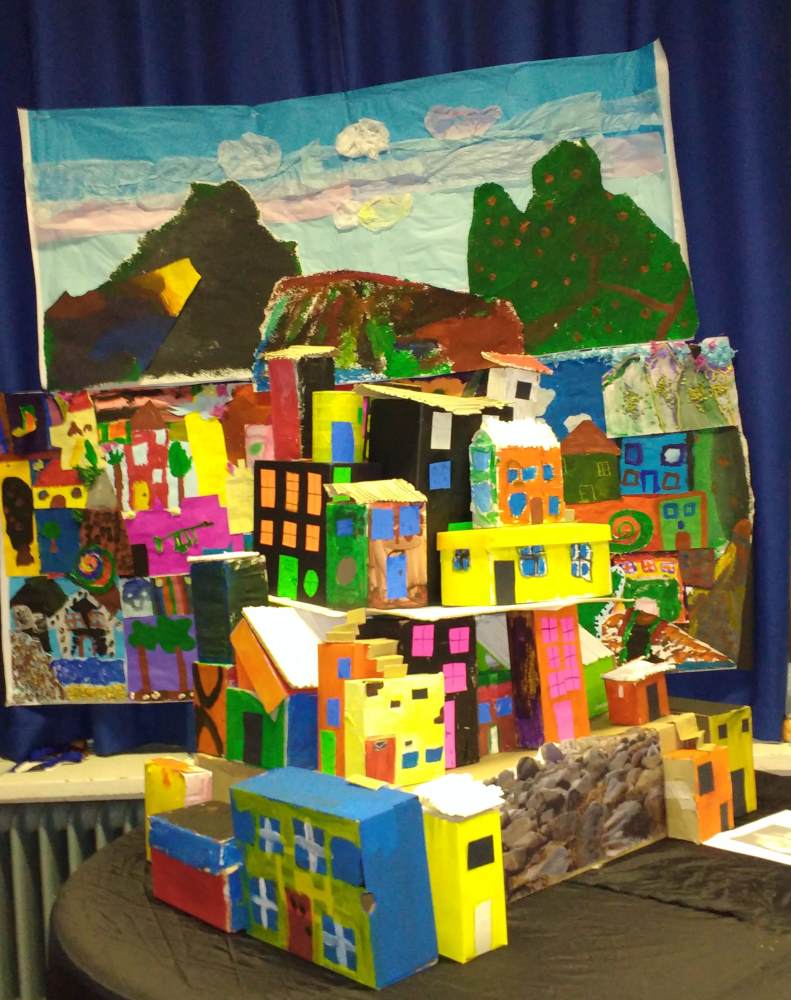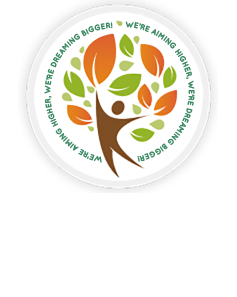Art

Art
Art is a fundamental form of personal communication. The art curriculum at Malorees School is designed to equip pupils with the knowledge and skills necessary to express what they see, think, and feel, using the visual elements, materials and processes of art. Through developing artistic knowledge, combined with investigating, making, and evaluating, pupils can experience and demonstrate the highest forms of human creativity.
Creative progression is met through an art, craft and design curriculum that purposely scaffolds the necessary knowledge and skills, so pupils become more proficient in drawing, painting, sculpture, printing and textile techniques. Activities and artists have been carefully selected on the progression map to clearly indicate appropriately differentiated experiences and expectations, so pupils become visually literate learners.
Our art curriculum stimulates pupils to know, think critically and develop a deeper understanding about art. They will recognise how art reflects and shapes history, as well as contributes to the culture, creativity, and the wealth of nations. Ultimately, we believe that such a considered curriculum will inspire children to pursue their love of art far beyond their primary schooling – whether for pleasure, profession, or both.
Design & Technology
Design and Technology
The design and technology curriculum at Malorees seeks to ensure that children across the school are educated in the vital skills, knowledge and understanding of designing and making functional, appealing and purposeful products. We aim to inspire the next generation to be excited and involved in the modern, changing environment we live in. By doing this, children will be able to be fully functioning members of our modernising society. We feel it is vital to nurture creativity and innovation through design, and by exploring the designed and made world in which we all live and work.
Design and Technology education involves two important elements. First, learning about the designed and made world and how things work through mechanisms such as levers, pulleys, and cams. Second, learning to design and make functional products for purposes and users. Children in KS1 will design functional products for themselves, whereas KS2 children will consider the needs and wants of other users. Children of all year groups will design, make, and evaluate each project. This cycle is crucial and allows for progression to continuously take place as children advance their skills and key vocabulary in each project, building year on year. Within this curriculum context, children will learn about aspirational individuals who have shaped design and technology, such as chefs and engineers. As the children begin their design and technology journey, they will work in contexts such as the home, school, playgrounds, and gardens. This will progress to KS2 children working in similar contexts as they consider the features of products for leisure, industry, and the wider environment.
Our curriculum is purposefully progressive and aims to continuously inspire and motivate children, creating a love for the importance of design and technology today. We are deliberately passionate in our teaching of this subject to give every child the best possible experience in learning the vital skills for potential careers in design and technology.
Curriculum Overview
|
Art and Design Technology Curriculum Overview |
|||||
|
Autumn 1 Art & Design |
Autumn 2 Design Technology |
Spring 1 Art & Design |
Spring 2 Design Technology |
Summer 1 Art & Design |
Summer 2 Design technology |
|
Year 1: Drawing Make your mark
|
Year 1: Constructing Making a windmill.
|
Year 1: Sculpture 3D Paper Play |
Year 1: Textiles Puppets
|
Year 1: Painting and Mixed Media Summer Splash.
|
Year 1: Cooking and Nutrition Fruits and vegetables.
|
|
Year 2: Craft and Design Map it out.
|
Year 2: Structures Baby Bear’s chair
|
Year 2: Painting and mixed media Life in colour
|
Year 2: Mechanisms Fairground Wheel
|
Year 2: Sculpture 3D clay houses.
|
Year 2: Food A balanced diet – fruit juice.
|
|
Year 3: Drawing Growing Artist
|
Year 3: Constructing Making a castle.
|
Year 3: Craft and Design Ancient Egyptian Scrolls
|
Year 3: Electrical systems Electrical poster
|
Year 3: Sculpture 3D abstract shape and space.
|
Year 3: Cooking and Nutrition Eating seasonally
|
|
Year 4: Drawing Power Prints
|
Year 4: Structures Pavilion
|
Year 4: Painting and Mixed Media Light and Dark
|
Year 4: Mechanical systems Making a slingshot car
|
Year 4: Craft and Design Fabric of nature.
|
Year 4: Food Adapting a recipe.
|
|
Year 5: Drawing I need Space.
|
Year 5: Mechanical systems Making a popup book.
|
Year 5: Sculpture 3D Interactive installations
|
Year 5: Textiles Designing a stuffed toy |
Year 5: Painting and Mixed Media Portraits |
Year 5: Cooking and Nutrition Creating a pasta sauce.
|
|
Year 6: Drawing Makes my voice heard |
Year 6: Structures Playground
|
Year 6: Craft and Design Photo opportunity |
Year 6: Textiles Waistcoats
|
Year 6: Sculpture 3D Making Memories |
Year 6: Cooking and Nutrition Come dine with me. |
